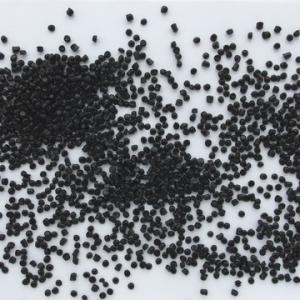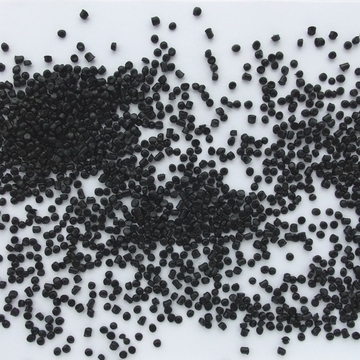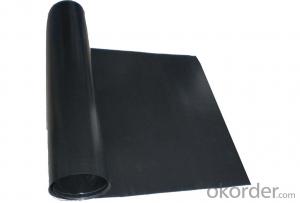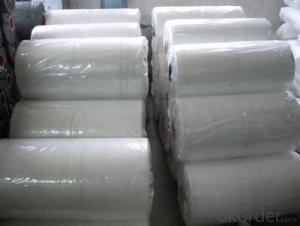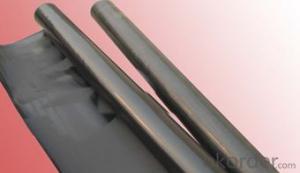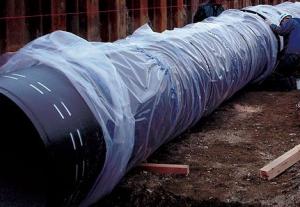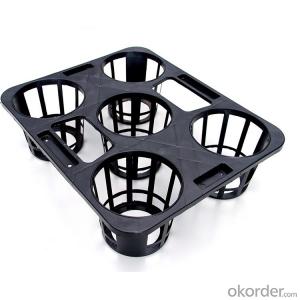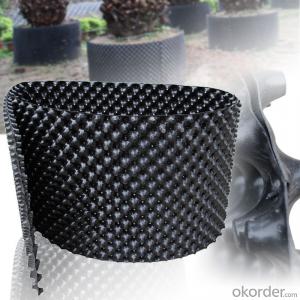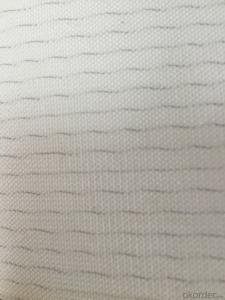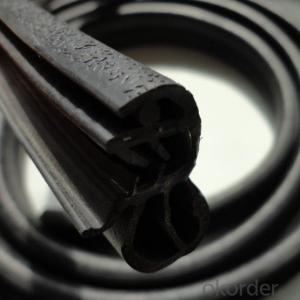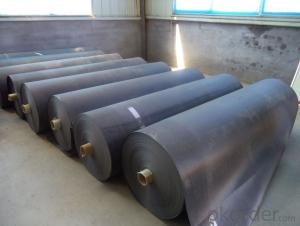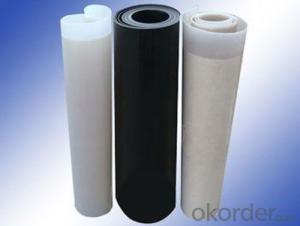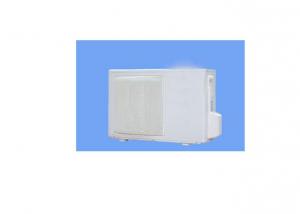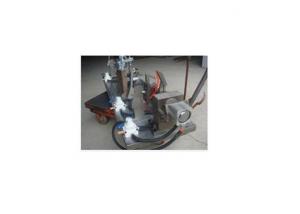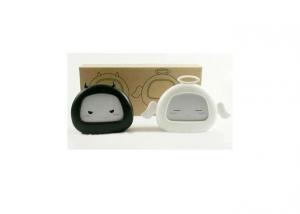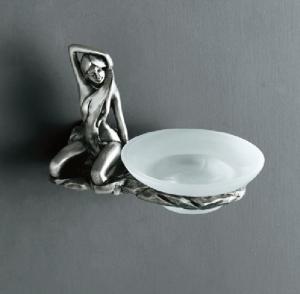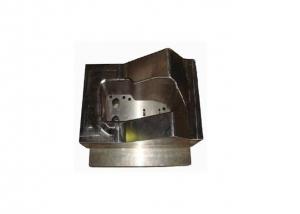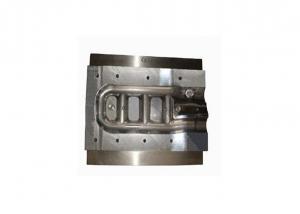EPDM shield rubber compound for medium voltage cable
- Loading Port:
- Shanghai
- Payment Terms:
- TT OR LC
- Min Order Qty:
- -
- Supply Capability:
- 3000 Tons kg/month
OKorder Service Pledge
OKorder Financial Service
You Might Also Like
EPDM shield rubber compound for medium voltage cable
I. Type and application
Type | Product | Application |
XB-34A | 90℃ Shield rubber compound for medium voltage cable | Unpeelable shield rubber compound for 6~30KV medium voltage cables and wires |
XB-34B1 | 90℃ Shield rubber compound for medium voltage cable | Inner shield rubber compound for 6/10KVmedium voltage cables and wires |
XB-34K1 | 90℃ Peelable shield rubber compound for medium voltage cable | Peelable outer shield rubber compound for 6/10KVmedium voltage cables and wires |
XB-34B2 | 90℃ Shield rubber compound for medium voltage cable | Inner shield rubber compound for 8.5/15KV medium voltage cables and wires |
XB-34K2 | 90℃Peelable shield rubber compound for medium voltage cable | Peelable outer shield rubber compound for 8.5/15KV medium voltage cables and wires |
II. Product description
XB series shield rubber compound for medium voltage cable, based onEPDM rubber, is mixed with various additives, and is elaborated in theextra-clean conditions. The compound has outstanding performances of vulcanization, processing, electricconduction and shield properties. The compound is complied withQ/320585JSDT058-2003 standard.
III. Processing
Processing Equipment | Compression ratio | L/D | Processing temp. | Recommended vulcanize temp. |
Common rubber extruder | 1.1:1~1.5:1 | 5:1~20:1 | 60~110℃ | 160-200℃ |
IV. Maximum useful shelf life
12 months at 20℃, 6 months at 30℃.
V. Properties
Table
Item | XB-34A | XB-34B1 | XB-34K1 | XB-34B2 | XB-34K2 | |||||
Standard | Typical | Standard | Typical | Standard | Typical | Standard | Typical | Standard | Typical | |
Tensile Strength N/mm2 | ≥7.0 | 10.1 | ≥7.0 | 10.4 | ≥7.0 | 9.0 | ≥7.0 | 11.2 | ≥7.0 | 9.6 |
Elongation at Break % | ≥200 | 472 | ≥200 | 430 | ≥200 | 420 | ≥200 | 460 | ≥200 | 440 |
Oven aging |
|
|
|
|
|
|
|
|
|
|
Aging condition 135℃168h |
|
|
|
|
|
|
|
|
|
|
Tensile Strength N/mm2 |
| 10.6 |
| 10.6 |
| 9.3 |
| 12.0 |
| 10.6 |
Variation % | ±20 | +5 | ±20 | +2 | ±20 | +3 | ±20 | +7 | ±20 | +10.4 |
Elongation at Break % |
| 450 |
| 400 |
| 400 |
| 450 |
| 410 |
Variation % | ±30 | -4 | ±30 | -7 | ±30 | -5 | ±30 | -2 | ±30 | -7 |
Hot Prolongation |
|
|
|
|
|
|
|
|
|
|
Testing Temp. 200℃ |
|
|
|
|
|
|
|
|
|
|
Conditions 15min20N/cm2 |
|
|
|
|
|
|
|
|
|
|
Elongation Under Load % | ≤175 | 70 | ≤175 | 50 | ≤175 | 60 | ≤175 | 60 | ≤175 | 70 |
Permanent Elongation after cooling % | ≤15 | 10 | ≤15 | 0 | ≤15 | 10 | ≤15 | 0 | ≤15 | 10 |
Volume Resistivity at20℃Ω﹒cm | ≤100 | 8 | ≤100 | 43 | ≤100 | 45 | ≤100 | 25 | ≤100 | 30 |
- Q: Can olive nets be used in areas with strong UV radiation?
- Yes, olive nets can be used in areas with strong UV radiation. Olive nets are specifically designed to protect olive trees from harsh weather conditions, including strong UV radiation. They are made of durable materials that have UV protection properties, ensuring the safety and health of the olive trees by reducing the damaging effects of excessive UV exposure.
- Q: How do olive nets affect the overall oil content of the olives?
- Olive nets do not directly affect the overall oil content of olives. Their main purpose is to catch the olives as they fall from the tree during harvesting, preventing damage and loss. The oil content of olives is determined by various factors such as olive variety, climate, soil conditions, and maturity at harvest.
- Q: Can olive nets be used for olive trees in regions with limited access to markets?
- Yes, olive nets can be used for olive trees in regions with limited access to markets. Olive nets are primarily used to collect olives during harvest, preventing them from falling to the ground and getting damaged. In regions with limited access to markets, olive nets can help maximize the yield by ensuring that the olives are collected efficiently and without any damage. This can be particularly beneficial as it allows farmers to preserve the quality of their olives and potentially store them for longer periods until access to markets improves.
- Q: Can olive nets be used for both green and black olives?
- Yes, olive nets can be used for both green and black olives. Olive nets are designed to catch falling olives during harvest, regardless of their color.
- Q: Can olive nets be customized for specific orchard requirements?
- Yes, olive nets can be customized to meet specific orchard requirements. These nets can be tailored in terms of size, shape, and material to ensure optimal coverage and protection for olive trees in different orchards. Customization allows for better adaptation to specific orchard layouts, tree sizes, and climatic conditions, ultimately enhancing the effectiveness and efficiency of olive tree cultivation.
- Q: Can olive nets be used to improve fruit quality?
- Yes, olive nets can be used to improve fruit quality. Olive nets are placed over the olive trees to protect the fruit from damage caused by birds, insects, and harsh weather conditions. By preventing external factors from affecting the fruit, olive nets help maintain its quality and prevent blemishes or deformities. Additionally, the nets create a microclimate that can enhance the ripening process, resulting in better taste and aroma. Overall, the use of olive nets is an effective strategy to enhance fruit quality and ensure a successful harvest.
- Q: Are there any regulations or guidelines for using olive nets?
- Yes, there are regulations and guidelines for using olive nets. These regulations may vary by region or country, but they typically cover aspects such as the size and mesh of the net, installation and anchoring methods, and the duration of net usage. They are in place to ensure the protection of olive trees, prevent damage to the fruit, and promote sustainable harvesting practices. It is advisable to consult local agricultural authorities or olive farming associations for specific regulations in your area.
- Q: Are olive nets suitable for olive tree nurseries?
- Yes, olive nets are suitable for olive tree nurseries. Olive nets are designed to protect olive trees from various external factors such as pests, extreme weather conditions, and bird damage. They can help create a controlled and safe environment for young olive trees to grow and thrive in nurseries.
- Q: How do olive nets impact the natural pollination process of olive trees?
- Olive nets can have a significant impact on the natural pollination process of olive trees. These nets are commonly used to prevent birds from feeding on the olives, but they can also inadvertently prevent the access of pollinators, such as bees, to the flowers. As a result, the cross-pollination process may be hindered, leading to reduced fruit set and lower overall yield. It is crucial for olive growers to carefully manage the use of olive nets to ensure that pollinators can still access the flowers and facilitate the natural pollination process.
- Q: Plastic products in the injection process should pay attention to what?
- The form, size and distribution of feed directly affect the direction of material flow, the distribution of density, the effect of compression and shrinkage and the forming time. The direct feed inlet and feed port have a large section (especially a thicker section), but the shrinkage is small, but the directivity is large, and the width of the feed opening and the length of the material are short, and the direction is small. Near the inlet or in parallel with the direction of the material flow, the shrinkage is large.
Send your message to us
EPDM shield rubber compound for medium voltage cable
- Loading Port:
- Shanghai
- Payment Terms:
- TT OR LC
- Min Order Qty:
- -
- Supply Capability:
- 3000 Tons kg/month
OKorder Service Pledge
OKorder Financial Service
Similar products
Hot products
Hot Searches
Related keywords
